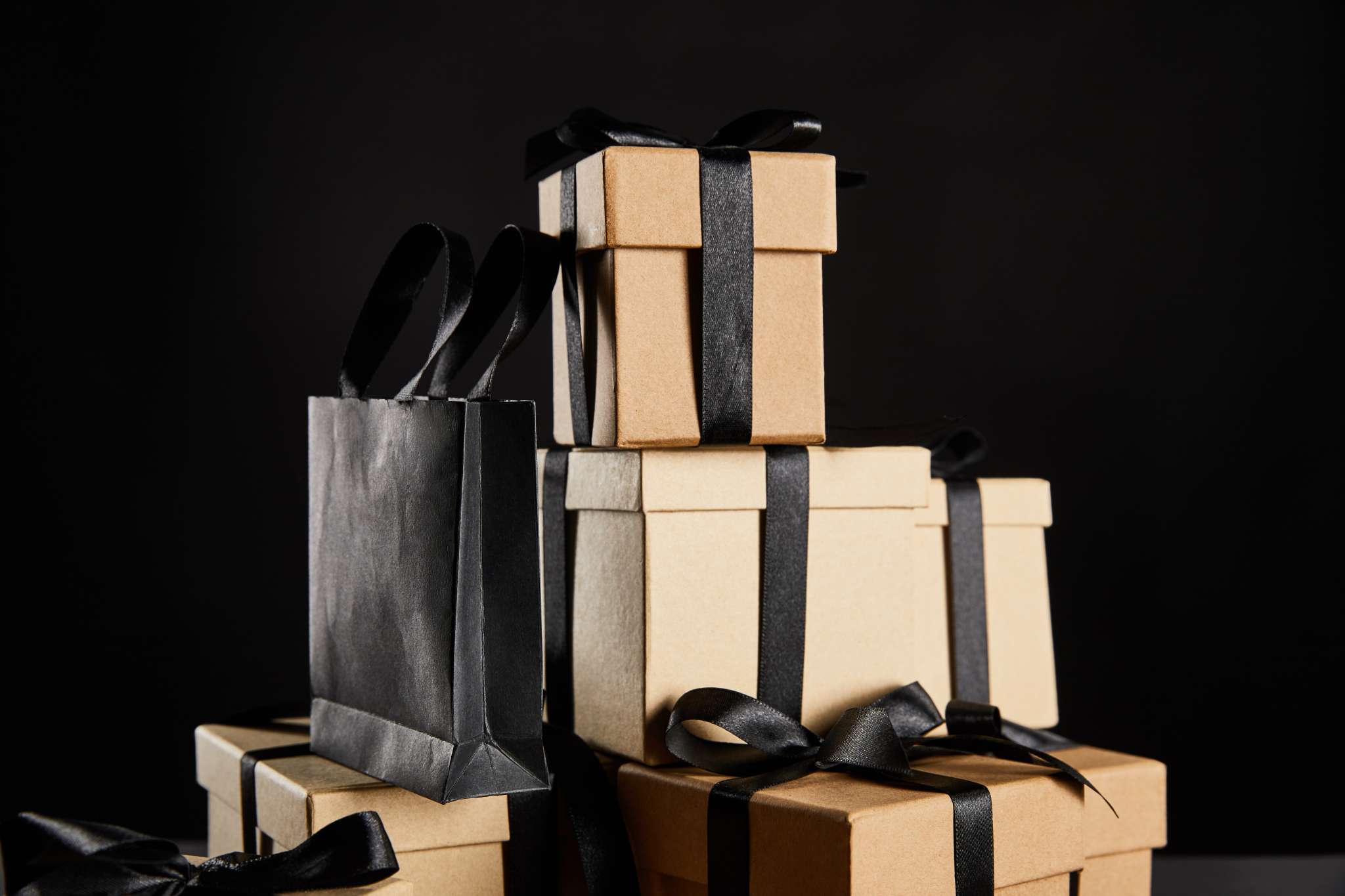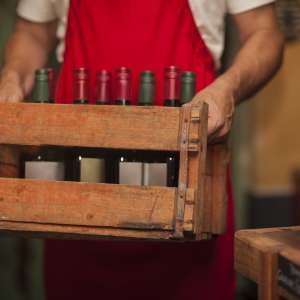Best Practices for Packaging and Handling Luxury Goods
Latest update on 2 July, 2024 by Aaron Kwok – Marketing Analyst at FreightAmigo
In the highly competitive luxury e-commerce landscape, brand image and customer experience are key. From the packaging and handling of goods, brands can cultivate a unique personality and make customers feel a sense of exclusivity and indulgence. Optimizing packaging and handling processes not only protects products from damage, but also enhances customer loyalty and boosts sales. This article will outline some best practices to help luxury brands excel throughout the supply chain.
Want To Compare The Best Express, Air Freight, Sea Freight, Rail Freight & Trucking Rates So As To Have Better Control On Cost?
Luxury Packaging Design
The packaging of a luxury product is the first physical touchpoint a customer has with the brand. It needs to create an immediate impression of quality, craftsmanship and attention to detail. Some key considerations for luxury packaging design include:
- Material Selection: Premium materials like leather, wood, metal, and high-quality cardboard convey a sense of sophistication. These materials should feel substantial and durable, reflecting the value of the product inside.
- Aesthetics: Packaging should have a clean, elegant and cohesive design. Colors, typography, and branding elements must be carefully curated to align with the brand’s visual identity. Embellishments like embossing, foil stamping, and specialty finishes add visual interest and perceived value.
- Unboxing Experience: The act of opening a luxury package should be a ritualistic, almost theatrical experience. Thoughtful packaging details like hidden compartments, magnetic closures, and layers of tissue paper build anticipation and delight the customer.
- Sustainability: While traditional luxury packaging often uses non-recyclable materials, there is a growing demand for eco-friendly solutions. Brands should explore sustainable options like recycled and biodegradable materials without compromising the premium aesthetic.
Protective Packaging
Beyond the outward appearance, protective packaging is crucial for safeguarding high-value goods during transit. Improper packaging can lead to product damage, returns, and a tarnished brand reputation. Best practices include:
- Cushioning: Delicate items require multiple layers of cushioning to absorb impacts. Foam inserts, inflatable air pillows, and honeycomb structures are effective at preventing shock and vibration. Fillers like shredded paper or biodegradable packing peanuts also help immobilize products.
- Containment: Secure containment is essential to keep products from shifting during shipping. Rigid boxes, custom-fit inserts, and tight-fitting sleeves maintain the integrity of the package. Tamper-evident seals provide an additional layer of security and assurance.
- Temperature Control: Temperature-sensitive luxury goods like fine wines, fragrances, and cosmetics need specialized packaging to maintain optimal conditions. Insulated coolers, heat packs, and phase change materials regulate temperatures throughout the shipping process.
- Labeling and Handling: Clear labeling with “fragile” and “this side up” indicators, as well as discreet brand markings, communicate handling instructions to logistics providers. Specialty services like white glove delivery further protect high-end purchases.
Inventory Management
Proper inventory management is crucial for luxury brands to ensure product availability, minimize obsolescence, and optimize working capital. Strategies include:
- Demand Forecasting: Advanced analytics and machine learning can help brands accurately predict seasonal fluctuations and emerging trends. This allows them to proactively adjust production and procurement to meet anticipated demand.
- Omnichannel Integration: A unified view of inventory across physical stores, warehouses, and online channels enables brands to fulfill orders from the most optimal location. This improves product availability and reduces the need for rushed shipping.
- Batch Production: For made-to-order or customized luxury goods, lean manufacturing techniques like just-in-time production can minimize excess inventory and associated costs. Real-time visibility into sales data and production capacity is key.
- Reverse Logistics: Seamless returns handling is essential for luxury e-commerce. Brands should have efficient processes in place to quickly assess the condition of returned items and resell or refurbish them as appropriate.
Conclusion
In the world of luxury e-commerce, exceptional packaging and handling practices are essential for protecting brand reputation, delighting customers, and driving business success. By thoughtfully designing premium packaging, implementing robust protective measures, and optimizing inventory management, luxury brands can elevate the entire customer journey and solidify their position in a crowded marketplace. As consumer expectations continue to rise, adopting these best practices will be crucial for luxury brands to stand out and thrive.
If you are looking for logistics experts, Please Go To The FreightAmigo Page For Inquiries
Customs Clearance and Compliance for Luxury Shipments | FreightAmigo
If you have any inquiries on logistics / supply chain, feel free to contact FreightAmigo now:
Chat with us online | Hotline: +852 28121686 | WhatsApp: +852 27467829










































